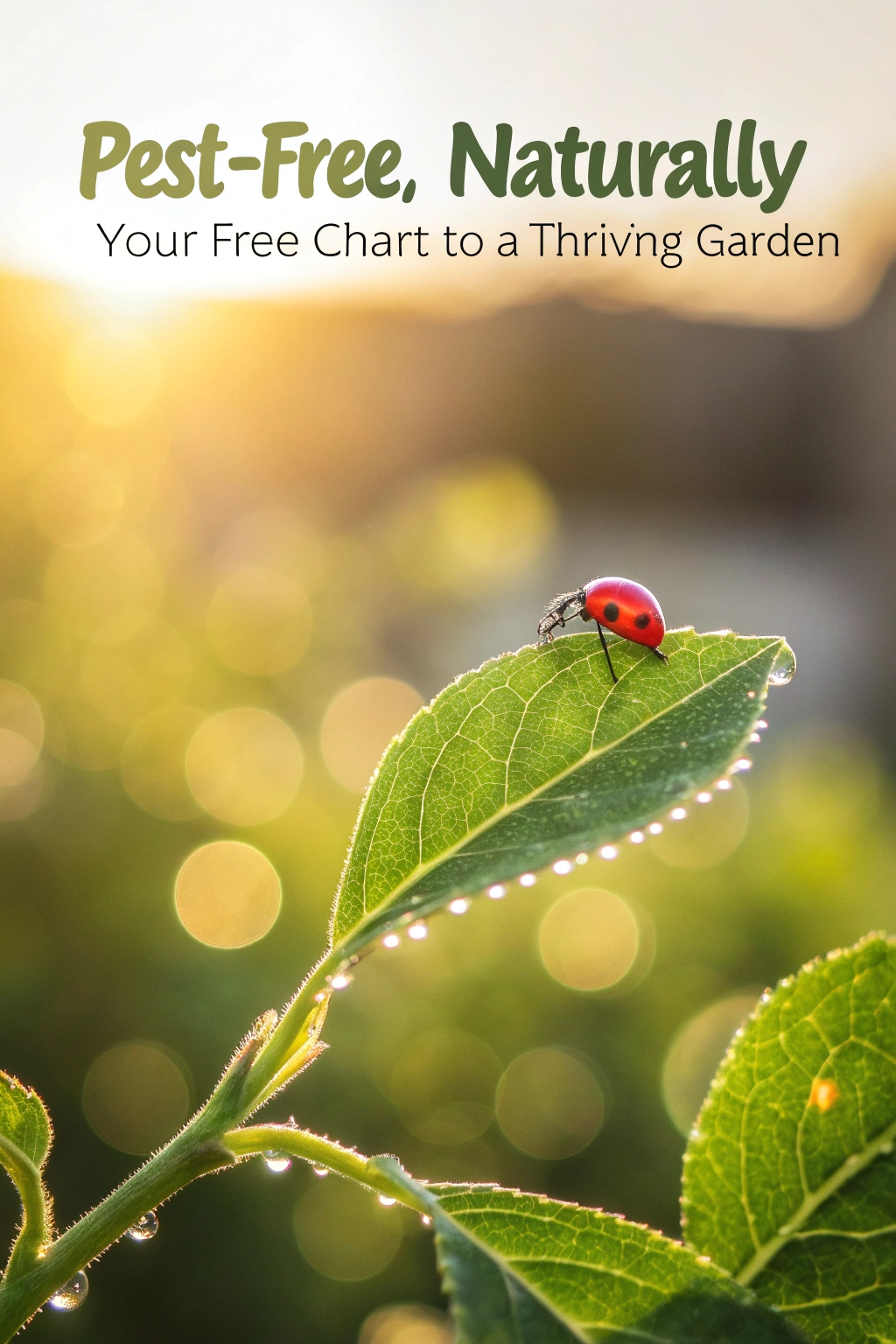Vertical gardening is a great way to grow more vegetables in a small space. It can help you get up to 50% more vegetables than usual. This is because you can use walls and other spaces that you might not have used before.
You can try different ways to do vertical gardening, like using containers or special water systems. This can make your garden look really cool and get you excited about growing your own food.
It’s perfect for anyone with a small balcony or a big backyard who wants to grow yummy vegetables.
Vertical Gardening for Small Spaces
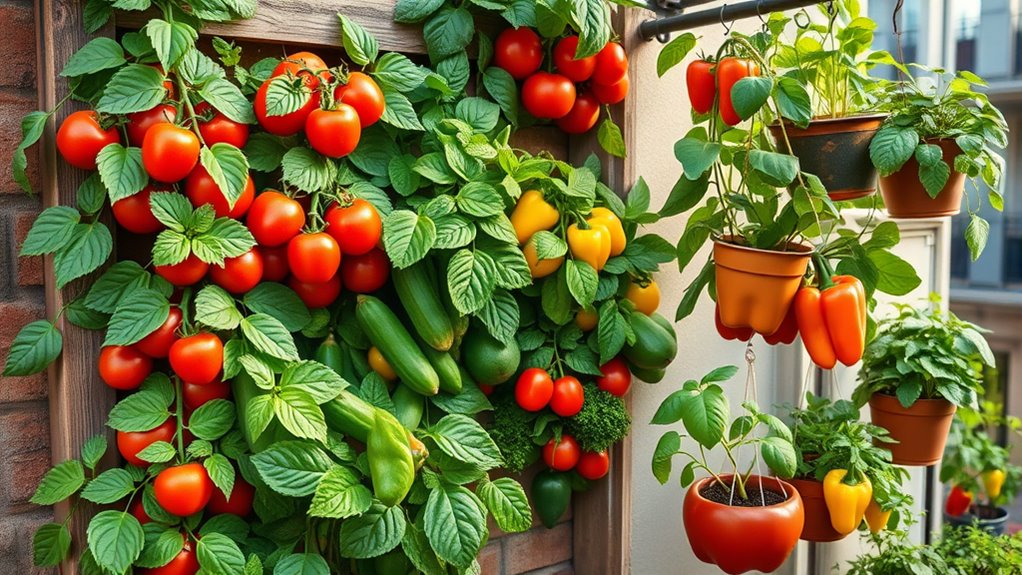
Vertical gardening is an innovative solution for maximizing small spaces while growing vegetables. By utilizing vertical structures such as trellises, wall planters, or hanging pots, you can cultivate a variety of vegetables in limited areas. This method not only saves ground space but also improves air circulation and sunlight exposure for the plants. Ideal for balconies, patios, or urban gardens, vertical gardening enhances the beauty of your space while providing fresh produce right at your fingertips.
Container Gardening: Grow Veggies on Your Patio
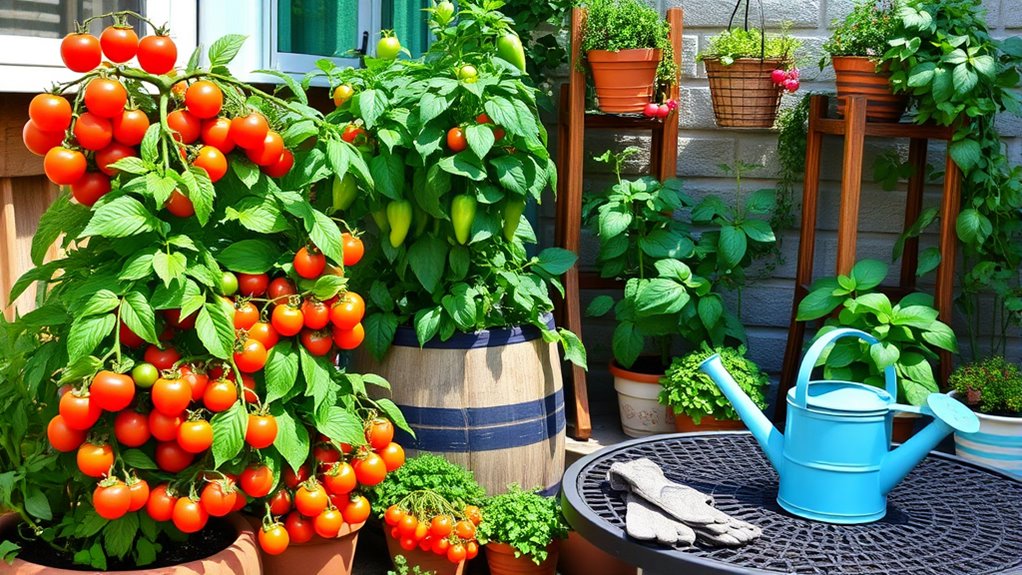
Container gardening is an excellent option for growing vegetables on your patio, ideal for those with limited space. You can choose from a variety of containers, such as pots, hanging baskets, or recycled materials, to create a vibrant edible garden. Select vegetables that thrive in small spaces, like cherry tomatoes, peppers, or herbs. With proper sunlight, watering, and nutrient-rich soil, you can enjoy fresh homegrown produce right at your doorstep, enhancing your meals and outdoor ambiance.
Raised Garden Beds for Easy Access
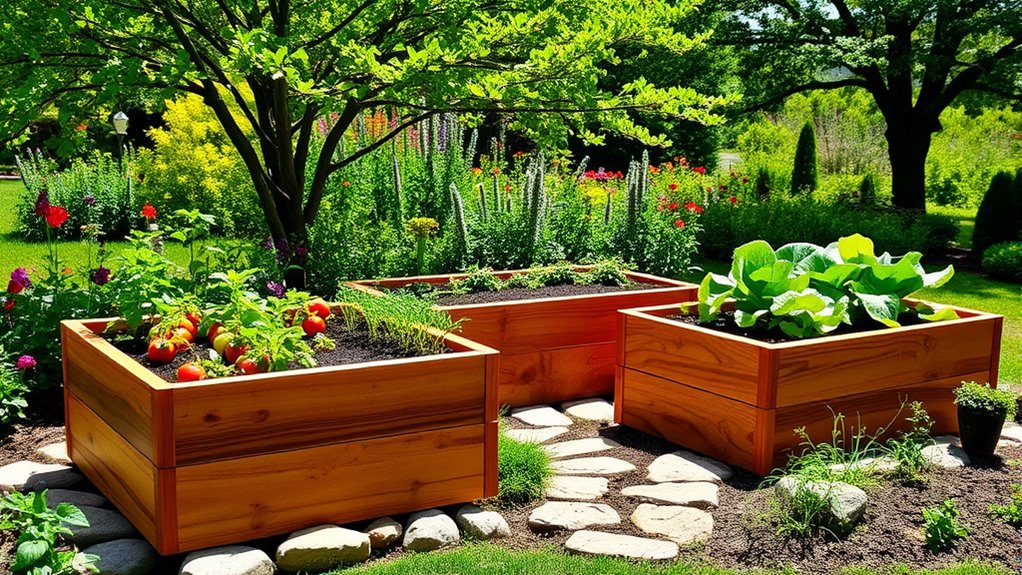
Raised garden beds are an excellent solution for anyone looking to grow vegetables with ease and efficiency. Elevated above ground level, these beds provide better drainage and soil quality while minimizing the need to bend down, making gardening more accessible for people of all ages and abilities. They can be customized to any size and filled with nutrient-rich soil, ensuring ideal growth conditions for your veggies. Additionally, raised beds can help keep pests at bay, fostering a healthier garden overall.
Hydroponics: Soil-less Gardening
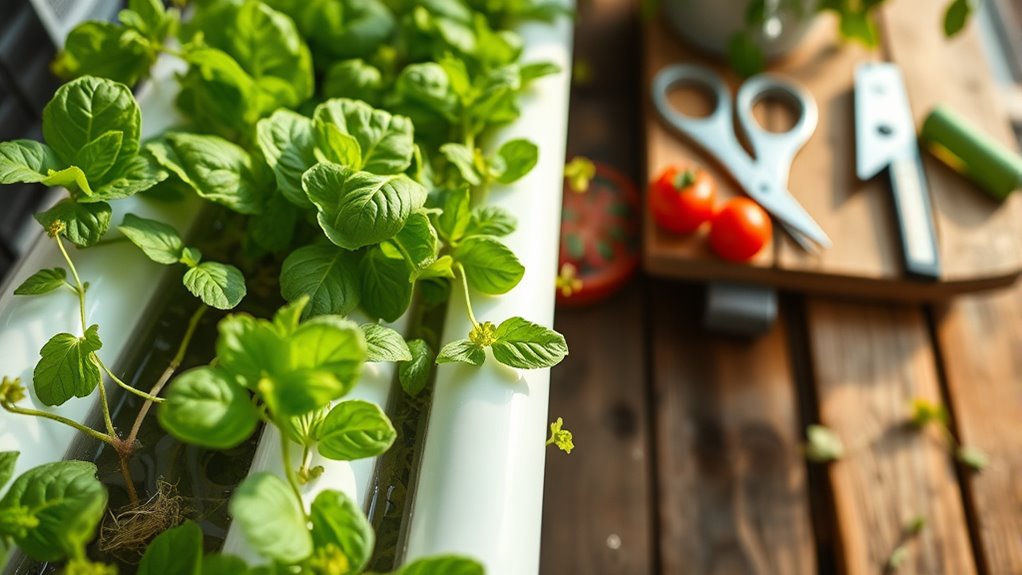
Hydroponics is an innovative method of soil-less gardening that allows plants to grow in a nutrient-rich water solution. This technique offers numerous benefits, including faster growth rates and higher yields, as plants can directly absorb essential nutrients. Hydroponics is ideal for small spaces, making it perfect for urban gardening. Additionally, it minimizes water usage and eliminates soil-borne pests, providing a clean and efficient way to cultivate a variety of vegetables indoors or outdoors.
Companion Planting: Boosting Growth Naturally
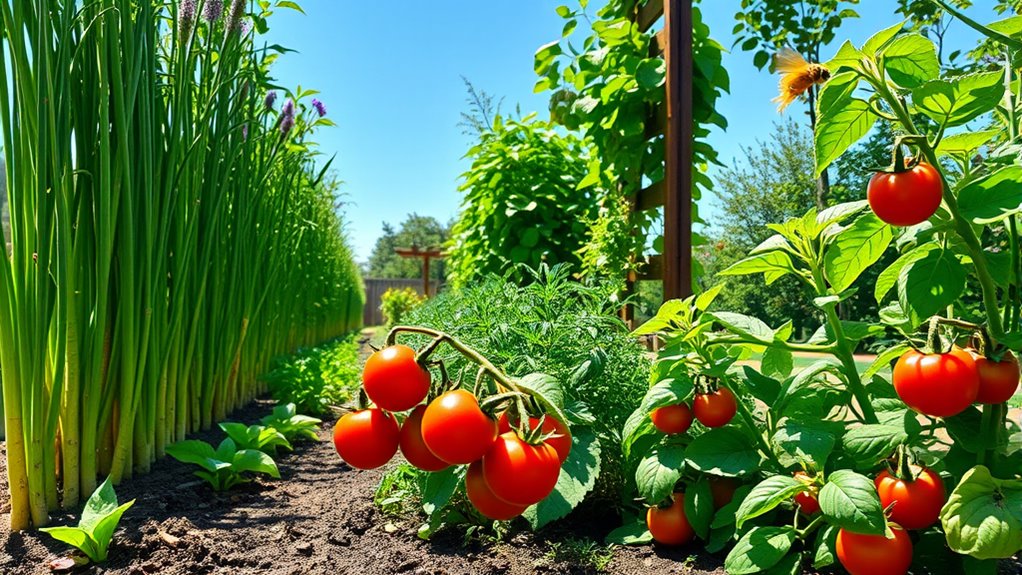
Companion planting is a natural gardening method that involves growing different plants together to enhance growth, repel pests, and improve soil health. By strategically pairing plants, such as tomatoes with basil or carrots with onions, gardeners can create a synergistic environment that promotes healthy growth and yields. This technique maximizes space, reduces the need for chemical fertilizers and pesticides, and fosters a more resilient garden ecosystem. Embracing companion planting can lead to a flourishing and sustainable vegetable garden.
Square Foot Gardening: Maximize Your Yield
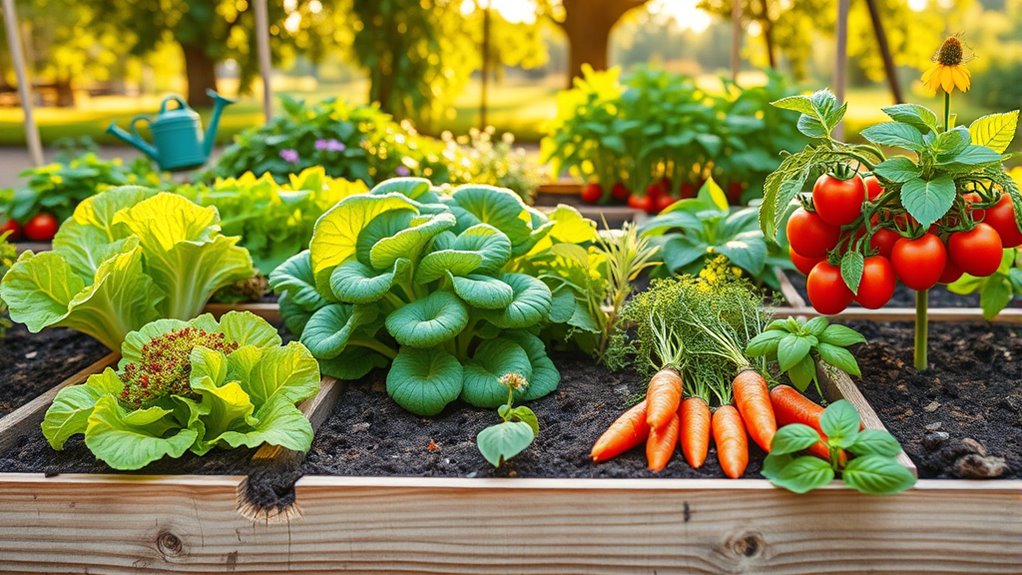
Square Foot Gardening is an efficient and space-saving approach to vegetable cultivation, perfect for smaller gardens or urban settings. By dividing the garden into square-foot sections, you can optimize planting by grouping compatible plants together. This method allows for a higher yield in a smaller area, reducing weeds and simplifying maintenance. With careful planning and crop rotation, square foot gardening enables gardeners to enjoy a diverse and bountiful harvest all season long.
Keyhole Gardens: Efficient and Sustainable
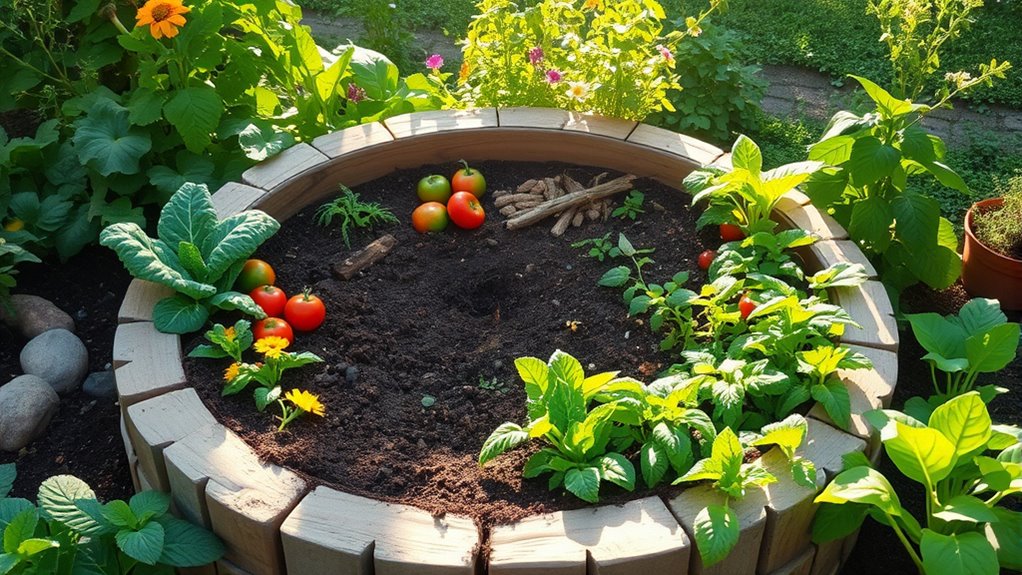
Keyhole gardens are an innovative gardening design that maximizes space and resources, making them ideal for small areas. Shaped like a pie slice with a central composting basket, these gardens provide easy access to nutrients and water while promoting vertical growth. This sustainable method encourages efficient use of water and organic waste, markedly reducing environmental impact. Keyhole gardens are perfect for growing a variety of vegetables, ensuring a productive and eco-friendly gardening experience.
Community Gardening: Grow Together
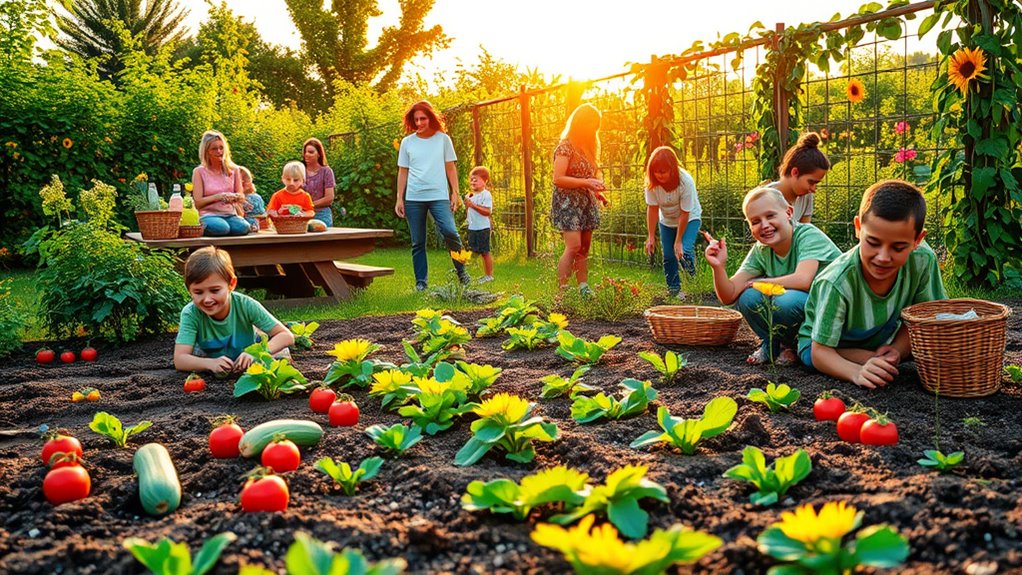
Community gardening fosters a sense of belonging and collaboration as neighbors come together to cultivate shared green spaces. Participants can share resources, knowledge, and labor, making gardening more accessible and enjoyable. These communal plots not only provide fresh produce but also encourage environmental stewardship and social interaction. By growing together, community gardens can strengthen local ties, promote sustainable practices, and enhance food security within the neighborhood. Embrace the spirit of teamwork and reap the rewards of shared effort!
Window Box Vegetable Gardens

Window box vegetable gardens are a fantastic way to grow fresh produce in small spaces, making them ideal for urban dwellers or those with limited yard access. These compact containers can be placed on balconies, ledges, or windowsills, allowing sunlight to nurture a variety of vegetables like herbs, lettuce, and even cherry tomatoes. With proper drainage and soil mix, window boxes can provide a bountiful harvest, enhancing both your cooking and your home’s aesthetic.
Aquaponics: Combine Fish and Plants
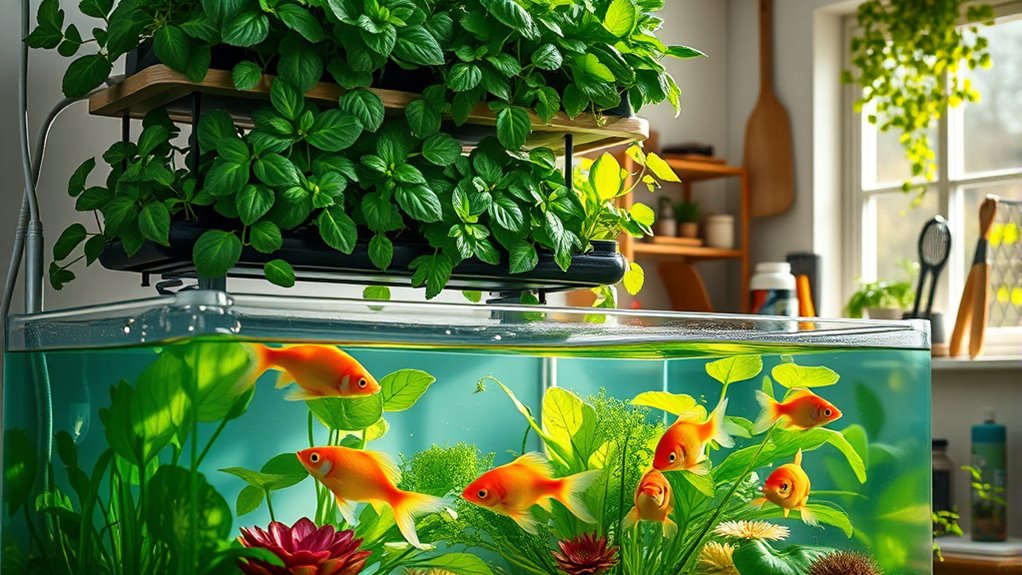
Aquaponics is an innovative gardening method that synergistically combines aquaculture (fish farming) with hydroponics (growing plants in water). In this closed-loop system, fish waste provides essential nutrients for the plants, while the plants naturally filter and purify the water, creating a sustainable ecosystem. This method not only maximizes space and water efficiency but also allows for the cultivation of a diverse range of vegetables and herbs alongside fish, offering a unique way to grow fresh food at home.
Indoor Gardening: Herbs and Greens Year-Round
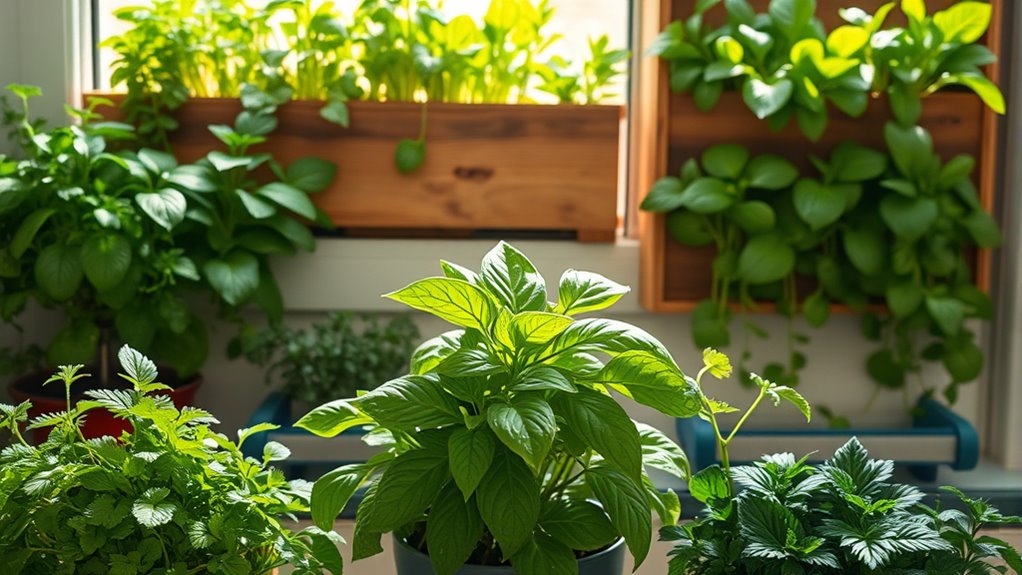
Indoor gardening offers the perfect opportunity to grow fresh herbs and greens year-round, regardless of outside weather conditions. With minimal space requirements, herbs like basil, cilantro, and mint can thrive in small pots on windowsills, while leafy greens such as spinach and lettuce can flourish in larger containers or even vertical gardens. Utilizing grow lights and proper watering techniques enhances growth, allowing you to enjoy a constant supply of vibrant, homegrown produce, even in the dead of winter.
Using Pallets for Creative Vegetable Gardens
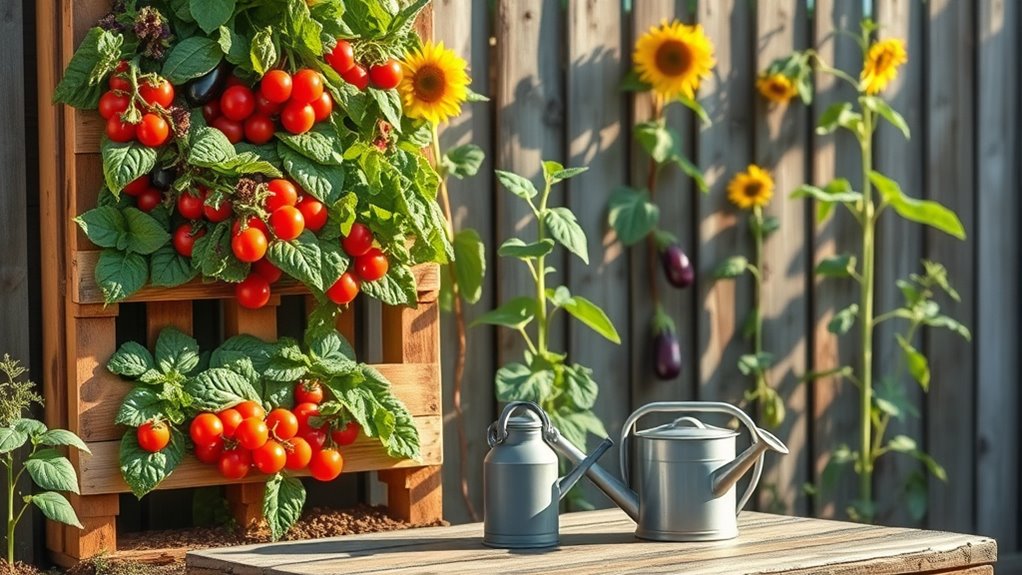
Using pallets for creative vegetable gardens is a cost-effective and eco-friendly option that can transform any outdoor space into a productive garden. Pallets can be repurposed as vertical gardens, allowing you to grow a variety of vegetables in limited areas. Simply line the slats with landscape fabric, fill them with soil, and plant your favorite crops. This method not only maximizes space but also adds a rustic charm to your garden, making it an attractive focal point.
Straw Bale Gardening: A Unique Approach
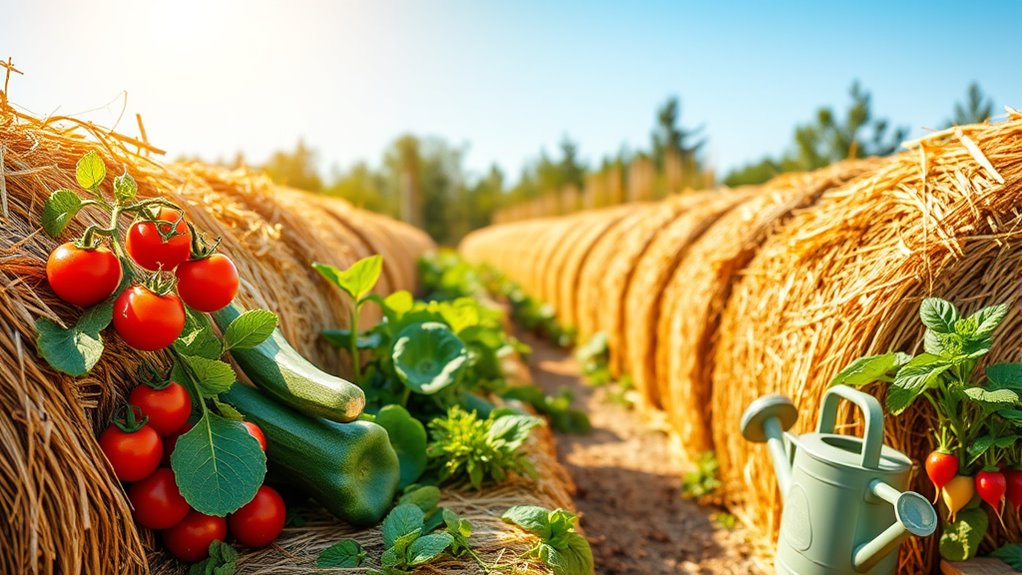
Straw bale gardening is an innovative method that utilizes straw bales as a growing medium, offering benefits such as excellent drainage and soil warming. This approach is particularly ideal for gardeners with poor soil or limited space. To start, simply condition the bales with water and fertilizer for a few days, then plant your seeds or seedlings directly into the bales. The bales gradually break down, providing nutrients while you grow delicious vegetables in an eco-friendly manner.
Scented Herbs: Fragrance and Freshness
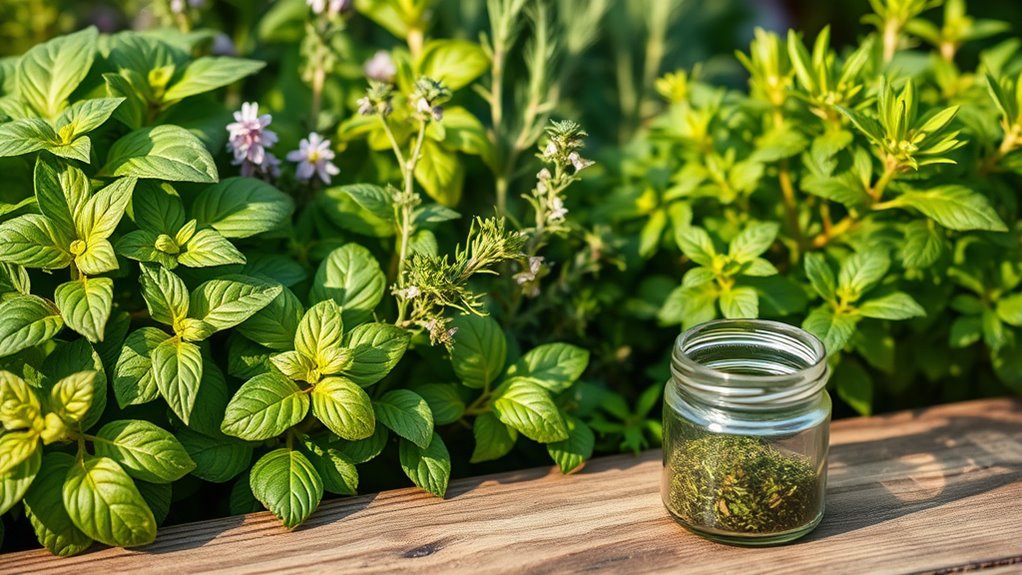
Scented herbs are a delightful addition to any vegetable garden, offering both fragrance and flavor. These aromatic plants, such as basil, mint, rosemary, and thyme, not only enhance your cooking but also attract beneficial insects while repelling pests. Their pleasing scents can create a serene atmosphere in your garden, making it a perfect retreat. Planting them in well-drained soil and in a sunny spot guarantees they thrive, providing fresh leaves for culinary use and aromatic blooms to enjoy.
DIY Trellises for Climbing Veggies
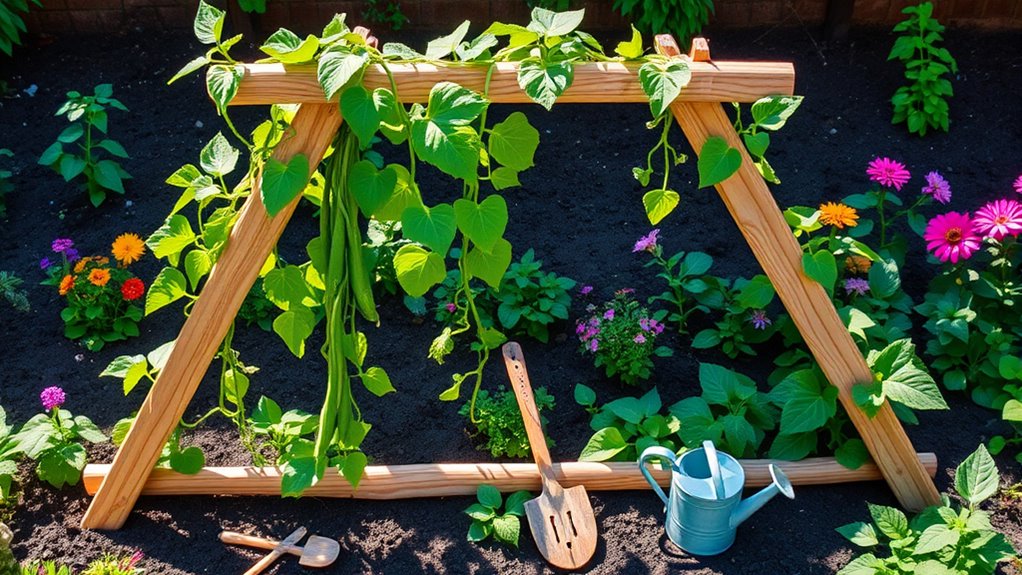
DIY trellises are a fantastic way to maximize space and support climbing veggies like beans, cucumbers, and peas in your garden. Creating a trellis can be a fun and rewarding project, requiring materials such as wood, wire, or even repurposed pallets. Simple designs can be made using vertical posts and crossbars, while more elaborate structures can add charm to your garden. With proper support, your climbing veggies will flourish and yield a bountiful harvest!
Conclusion
Incorporating these garden ideas is like weaving a vibrant tapestry of flavors and textures in your own backyard. Whether you’re maximizing vertical space or experimenting with hydroponics, each method holds the potential to enrich your gardening experience. Embrace the creativity of container gardening or the practicality of raised beds, and watch your vegetables thrive. As you cultivate these methods, you’re not just growing food; you’re nurturing a flourishing ecosystem that feeds body and spirit alike.



